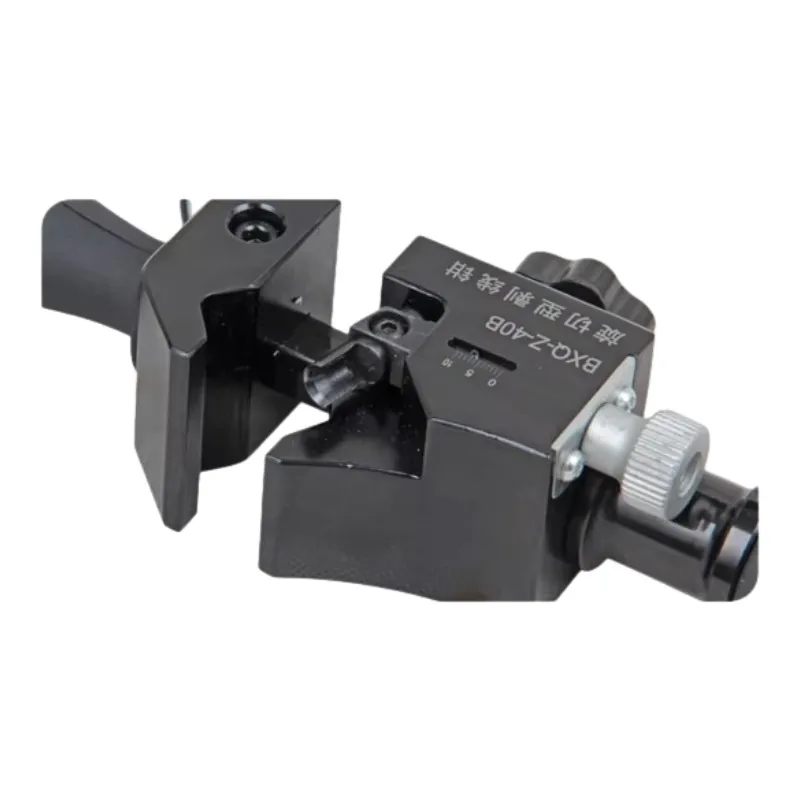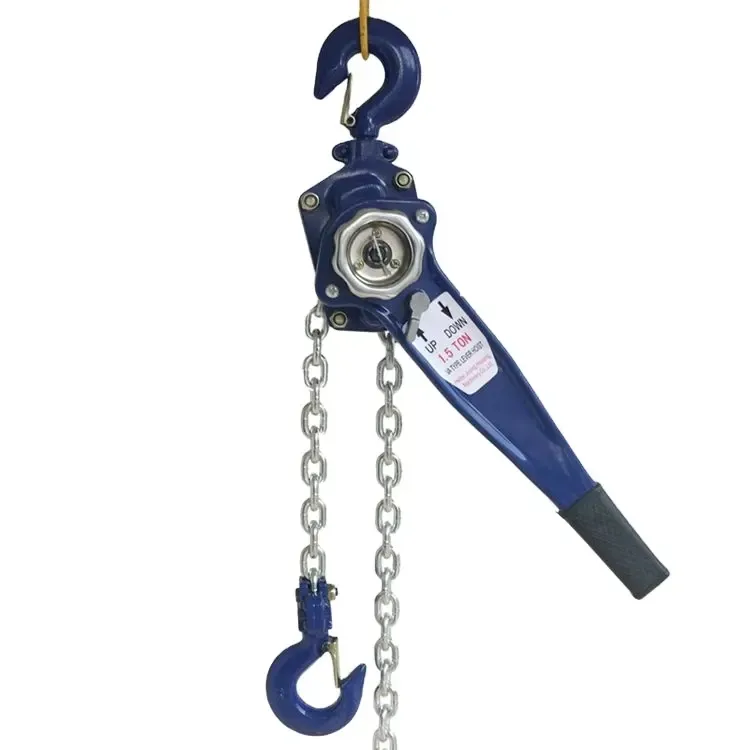
-
 Afrikaans
Afrikaans -
 Albanian
Albanian -
 Amharic
Amharic -
 Arabic
Arabic -
 Armenian
Armenian -
 Azerbaijani
Azerbaijani -
 Basque
Basque -
 Belarusian
Belarusian -
 Bengali
Bengali -
 Bosnian
Bosnian -
 Bulgarian
Bulgarian -
 Catalan
Catalan -
 Cebuano
Cebuano -
 Corsican
Corsican -
 Croatian
Croatian -
 Czech
Czech -
 Danish
Danish -
 Dutch
Dutch -
 English
English -
 Esperanto
Esperanto -
 Estonian
Estonian -
 Finnish
Finnish -
 French
French -
 Frisian
Frisian -
 Galician
Galician -
 Georgian
Georgian -
 German
German -
 Greek
Greek -
 Gujarati
Gujarati -
 Haitian Creole
Haitian Creole -
 hausa
hausa -
 hawaiian
hawaiian -
 Hebrew
Hebrew -
 Hindi
Hindi -
 Miao
Miao -
 Hungarian
Hungarian -
 Icelandic
Icelandic -
 igbo
igbo -
 Indonesian
Indonesian -
 irish
irish -
 Italian
Italian -
 Japanese
Japanese -
 Javanese
Javanese -
 Kannada
Kannada -
 kazakh
kazakh -
 Khmer
Khmer -
 Rwandese
Rwandese -
 Korean
Korean -
 Kurdish
Kurdish -
 Kyrgyz
Kyrgyz -
 Lao
Lao -
 Latin
Latin -
 Latvian
Latvian -
 Lithuanian
Lithuanian -
 Luxembourgish
Luxembourgish -
 Macedonian
Macedonian -
 Malgashi
Malgashi -
 Malay
Malay -
 Malayalam
Malayalam -
 Maltese
Maltese -
 Maori
Maori -
 Marathi
Marathi -
 Mongolian
Mongolian -
 Myanmar
Myanmar -
 Nepali
Nepali -
 Norwegian
Norwegian -
 Norwegian
Norwegian -
 Occitan
Occitan -
 Pashto
Pashto -
 Persian
Persian -
 Polish
Polish -
 Portuguese
Portuguese -
 Punjabi
Punjabi -
 Romanian
Romanian -
 Russian
Russian -
 Samoan
Samoan -
 Scottish Gaelic
Scottish Gaelic -
 Serbian
Serbian -
 Sesotho
Sesotho -
 Shona
Shona -
 Sindhi
Sindhi -
 Sinhala
Sinhala -
 Slovak
Slovak -
 Slovenian
Slovenian -
 Somali
Somali -
 Spanish
Spanish -
 Sundanese
Sundanese -
 Swahili
Swahili -
 Swedish
Swedish -
 Tagalog
Tagalog -
 Tajik
Tajik -
 Tamil
Tamil -
 Tatar
Tatar -
 Telugu
Telugu -
 Thai
Thai -
 Turkish
Turkish -
 Turkmen
Turkmen -
 Ukrainian
Ukrainian -
 Urdu
Urdu -
 Uighur
Uighur -
 Uzbek
Uzbek -
 Vietnamese
Vietnamese -
 Welsh
Welsh -
 Bantu
Bantu -
 Yiddish
Yiddish -
 Yoruba
Yoruba -
 Zulu
Zulu


Jun . 06, 2025 15:10 Back to list
1 Ton Chain Block Price at Best Deals Durable & Cost-Effective

(chain block 1 ton price)
Chain Block 1 Ton Price and Market Dynamics
Understanding current market pricing for lifting equipment requires analyzing several mechanical and economic variables. Production costs of forged alloy steel chains, electromagnetic brake systems, and planetary gear assemblies directly influence chain block 1 ton price
structures globally. Current industry data reveals:
- Material cost fluctuations affecting alloy component pricing
- Regional manufacturing variations across Europe, Asia, and Americas
- Certification compliance expenses (CE, ASME B30.16)
- Supply chain logistics for industrial gear manufacturing
- Market competition patterns among major manufacturers
- Technological differentiation factors
- Customization demands in specialized industries
Engineering Specifications and Load Capacity Parameters
Structural integrity determines both performance longevity and cost justification. Standard 1-ton models utilize Grade 80 load chains with minimum breaking strength of 8,000kg, while electric variants integrate thermal overload protection. Key engineering metrics include:
Manual hoists maintain 3:1 mechanical advantage through precision-cut alloy steel gearing, requiring 13kg hand chain force for maximum load. Electric models feature IP54-rated motors producing 360W output with 8m/min lifting speeds under full capacity. Safety systems like torque limiters and dual braking add approximately 15% to chain block 1.5 ton price compared to basic units.
Technical Comparison: Manufacturers and Specifications
| Brand | Model | Capacity | Lift Speed | Voltage | Warranty | Price Range |
|---|---|---|---|---|---|---|
| Kito | ER2M | 2 ton | 6.8 m/min | 400V 3-phase | 2 years | $1,850-$2,100 |
| Coffing | CM-0508 | 0.5 ton | N/A (manual) | N/A | 3 years | $480-$550 |
| Yale | YALELIFT 360 | 1 ton | 5.2 m/min | 230V 1-phase | 5 years | $1,200-$1,400 |
| LiftKing | LK151 | 1.5 ton | 4.5 m/min | 208-575V | 1 year | $960-$1,150 |
Configuration Options for Specialized Applications
Beyond standard models, bespoke engineering solutions impact final equipment valuation. Marine-grade hoists featuring zinc-nickel plating add 18-22% to chain block 0.5 ton price for saltwater environments. Common modifications include:
Explosion-proof certifications (ATEX/IECEx) for petrochemical plants increase manufacturing costs by 40% due to spark-resistant motors and enclosed contactors. Low-clearance variants with compact hook heights under 500mm utilize specialized load sheaves, adding approximately $300 to base pricing across all capacities including electric chain block 2 ton price considerations.
Industrial Application Case Studies
Automotive manufacturing plants have documented 34% productivity gains after switching to electric hoists with variable frequency drives. Precision control reduced positioning time during engine block installation cycles from 8 minutes to 5.2 minutes per unit. Maintenance facility deployments of 1-ton manual hoists demonstrated 11,000 operational cycles before requiring chain replacement.
Shipbuilding yards using marine-grade 1.5-ton hoists report 4-year service intervals in corrosive environments compared to standard models requiring annual refurbishment. These operational efficiencies offset 27% higher initial chain block 1.5 ton price through reduced downtime and maintenance expenses.
Global Market Influences on Cost Structures
Raw material volatility significantly impacts production economics. Steel alloy prices fluctuated 18% during 2022-2023, causing corresponding adjustments in hoist pricing. Regional manufacturing variations create distinct cost profiles:
European-produced units typically command 22% premiums over Asian alternatives due to stricter labor regulations and environmental compliance. However, import tariffs and shipping expenses add approximately 15% to Asian imports, narrowing the actual chain block 1 ton price difference in Western markets to 5-7%.
Electric Chain Block 2 Ton Price: Value Analysis
Operational economics justify the premium position of powered hoists in industrial settings. Analysis of 36 manufacturing facilities showed electric models achieving 3.2:1 cost-benefit ratio over 5-year periods despite higher initial investment. Key valuation considerations include:
Labor cost reductions averaging 8 operator-hours daily, translating to $65,000 annual savings in unionized facilities. Elimination of repetitive stress injuries reduced worker compensation claims by 47% in warehouses utilizing electric hoists exclusively. Power consumption metrics show modern units operating at 0.18 kWh per ton lifted, contributing to electric chain block 2 ton price competitiveness through operational efficiency.

(chain block 1 ton price)
FAQS on chain block 1 ton price
Q: What influences the price of a 1 ton chain block?
A: Prices depend on brand reputation and build quality, typically ranging from $150 to $500. Factors like corrosion resistance and certifications such as ISO can add to the cost, so compare suppliers like Grainger or eBay for the best deals.
Q: How much does an electric chain block with 2 ton capacity cost?
A: Electric models start around $500 due to motorized features, reaching up to $1500 for premium brands. Factors include voltage requirements and safety controls, making it pricier than manual versions but ideal for heavy-duty use.
Q: Is the chain block 1.5 ton price different from the 1 ton?
A: Prices are similar, often $200 to $600, varying slightly with capacity. Differences come from material strength and usage frequency, so shop at sites like Industrial Supply Co. for accurate comparisons.
Q: What is the price range for a 0.5 ton chain block?
A: Entry-level models cost $80 to $250, being the most affordable for light tasks. Variations arise from portability features or durability levels, check Amazon or local retailers for budget-friendly options.
Q: Where can I find discounts on chain block capacities like 0.5, 1, 1.5, and 2 tons?
A: Explore online platforms such as Alibaba or MSC Direct for bulk or seasonal promotions. Compare prices across electric and manual types to maximize savings, focusing on customer reviews to avoid low-quality buys.
Latest news
What Are Construction Tools and How Are They Used?
NewsJul.11,2025
Professional-Grade Duct Rodding Tools for Superior Cable Installation
NewsJul.11,2025
Enhancing Safety and Efficiency with Modern Hot Stick Solutions
NewsJul.11,2025
Empowering Cable Installation with Advanced Rodder Solutions
NewsJul.11,2025
Elevate Your Cable Installation Projects with Cable Pulling Tools
NewsJul.11,2025
Efficient Cable Handling Solutions: Cable Rollers for Sale
NewsJul.11,2025











